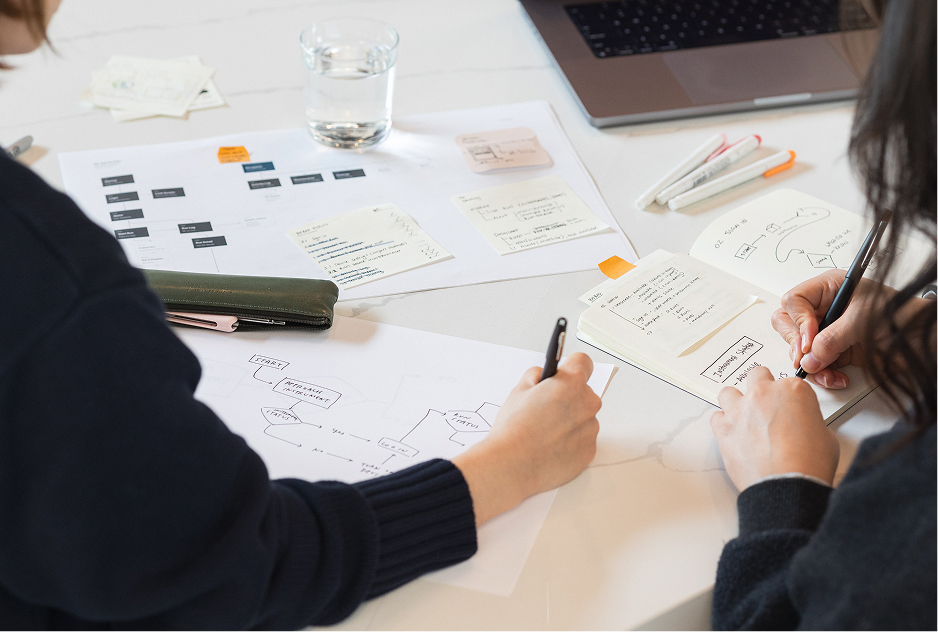



.png)
Digital Experience design focuses on crafting user-centric digital interactions like apps and websites that are intuitive, engaging, and aligned with your business objectives. It blends UX/UI design, journey mapping, and technical strategy to create seamless user experiences.
Journey mapping is a visual approach to understanding the paths users take when interacting with your product or service. It helps identify pain points and opportunities, ensuring your digital experiences genuinely meet user needs and business goals. Journey maps are an important artifact to align on the JTBD and to guide the prioritization of design and development work.
Yes, we regularly collaborate closely with client development teams. Our project managers facilitate smooth handoffs, ensuring the final product aligns precisely with design intent and technical requirements.
We design for a wide range of digital platforms, including responsive websites, mobile apps (iOS and Android), and emerging digital interfaces. Our cross-platform expertise ensures consistency and usability across all digital touchpoints. While we like simple websites and interfaces, our team really loves the complexity of reporting software integrated with IoT devices.
We create custom design systems that establish clear visual and behavioral guidelines. This maintains consistency, speeds up development, and makes scaling or updating products easier. Design systems are based on brand guidelines, which we also create if the organization doesn’t already have a well-defined brand.
Ideally, engage us early in the concept or discovery phase. Early involvement lets us guide technical feasibility, UX strategy, and design direction, ultimately reducing risk and ensuring alignment from the start.
We use interactive prototyping to bring concepts to life quickly. This allows for iterative testing and refinement, enabling feedback from stakeholders and end-users before investing significant resources into development.